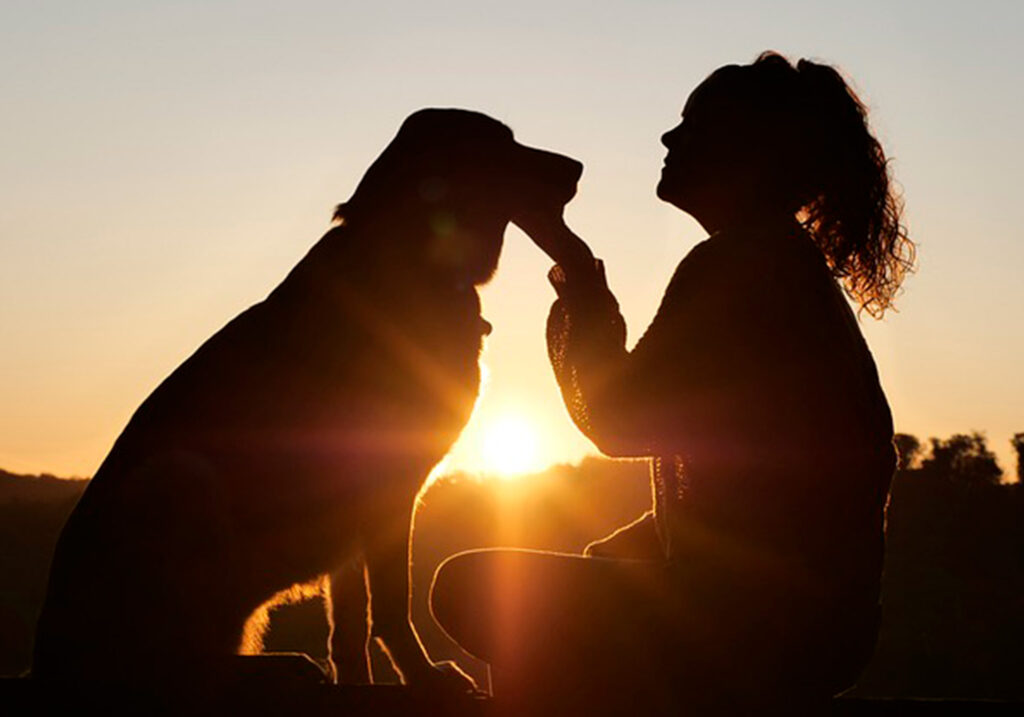Do you know that you can turn your garage into a pet-friendly space?
We know, a garage is typically used for parking cars, storing tools, or organizing household items. However for pet owners, it can also serve as a functional and comfortable space for their furry companions.
It does not matter if your pets spend a lot of time in the garage or you simply want to make it a safer and more welcoming environment for them, but there are plenty of ways to create a pet-friendly space.
Turning a garage into a pet-friendly area requires careful planning to ensure it is comfortable, safe, and engaging. Temperature control, proper flooring, storage solutions, and designated areas for sleep and play are all essential elements in making a garage suitable for pets.
If you implement thoughtful design choices, you can provide a secure and enjoyable environment for your pets while keeping your garage organized and functional.
Ensuring a Safe Environment for Pets
One of the first considerations when making a garage pet-friendly is safety. Garages often contain hazardous materials such as chemicals, power tools, and heavy objects that can pose risks to pets. Keeping these dangers out of reach is essential to creating a secure space.
All chemicals, including antifreeze, pesticides, motor oil, and cleaning supplies, should be stored in cabinets with locks or placed on high shelves where pets cannot access them. Antifreeze, in particular, is extremely toxic to animals, and even a small amount can be fatal if ingested. Organizing tools, sharp objects, and heavy items in a secure manner also helps prevent accidents. Hanging tools on pegboards or keeping them inside drawers reduces the risk of injury.
Exposed wires and electrical cords can be tempting for pets to chew on, leading to potential electrocution hazards. Concealing these cords behind protective covers or using pet-safe cord organizers can help prevent chewing incidents. Additionally, ensuring that the garage door is pet-proofed is crucial. Pets may try to slip out through open garage doors, so installing pet gates or using motion sensors that prevent accidental closing can add an extra layer of safety.
Maintaining Proper Ventilation and Temperature Control
Garages are prone to temperature fluctuations, making it important to regulate the indoor climate to ensure pets remain comfortable year-round. Since garages often lack insulation, they can become excessively hot in summer and unbearably cold in winter.
Installing proper insulation in walls, ceilings, and garage doors helps maintain a stable indoor temperature. Adding a small heater or an air conditioning unit can also improve comfort, especially in extreme weather conditions. If installing full climate control is not an option, fans, cooling mats, and heated pet beds can provide relief depending on the season.
Proper ventilation is equally important. A poorly ventilated garage can trap harmful fumes from vehicles, chemicals, and stored items, which can be dangerous for pets. Keeping windows open when possible, installing vents, or using an air purifier helps ensure good air circulation and prevents air from becoming stagnant or polluted.
Choosing Pet-Friendly Flooring
Standard concrete garage floors can be hard, cold, and slippery, making them uncomfortable and unsafe for pets. Upgrading to pet-friendly flooring options can improve both comfort and traction.
Rubber flooring provides excellent cushioning and slip resistance, reducing the risk of joint strain and injuries. It is also easy to clean, making it ideal for pets. Epoxy coatings create a smooth, durable, and stain-resistant surface that is easy to maintain. Vinyl flooring is another great option, as it is soft underfoot, scratch-resistant, and comfortable for pets to walk or lie on. If a more traditional feel is desired, carpet tiles can be used in designated pet areas. These tiles provide warmth and comfort, and because they are individual pieces, they can be replaced if they become soiled.
Regardless of the flooring choice, adding rugs or pet beds in key areas provides extra comfort for pets who like to lounge in the garage.
Creating a Dedicated Pet Space
A designated pet area within the garage helps keep things organized while providing a comfortable space for pets to relax and play. Setting up a sleeping area with a cozy pet bed, blankets, and cushions makes the garage feel more like home for pets. Heated pet beds are an excellent choice for colder months, while cooling mats help pets stay comfortable in warmer weather.
For pet owners who prefer to keep their animals contained in certain areas, using a pet crate or playpen provides a safe space while allowing freedom of movement. The size of the crate or pen should be appropriate for the pet, ensuring they have enough room to stand, stretch, and move around comfortably.
A feeding station within the garage helps keep food and water bowls in a consistent place. Elevated pet feeders can improve digestion, while a pet water fountain ensures fresh, filtered water is always available. To keep pests away, food storage containers should be airtight and kept off the floor.
For those who work on projects in the garage, setting up a pet-friendly seating area allows pets to be near their owners while staying comfortable. A cushioned bench, a small sofa, or even a simple padded mat provides a spot for pets to rest while still being part of the action.
Setting Up a Play Area for Pets
A garage can serve as an excellent indoor play area, especially during bad weather. Creating a designated play space with interactive toys, agility equipment, and activities keeps pets entertained and mentally stimulated.
For dogs, a small agility course with tunnels, low jumps, and ramps can provide fun and exercise. Rotating toys regularly prevents boredom and keeps pets engaged. Interactive puzzle toys that dispense treats encourage problem-solving and reduce anxiety.
Cats benefit from vertical climbing structures such as wall-mounted shelves, cat trees, or window perches. Scratching posts allow cats to maintain healthy claws while preventing damage to furniture. Installing a perch near a garage window gives cats a place to observe the outdoors while staying safe inside.
For multi-pet households, ensuring each animal has its own space prevents conflicts and allows them to enjoy the garage environment without stress. Creating separate play zones for different pets helps cater to their individual needs.
Keeping the Garage Escape-Proof
Garages can be tricky spaces to secure, and pets may attempt to escape through open doors or small gaps. Ensuring that all exits are secure reduces the risk of pets running off.
All doors and windows should be checked for gaps or openings that pets could squeeze through. Reinforcing garage door seals prevents small animals from escaping or outside pests from entering. If a pet needs to access the outdoors, installing a pet door with a locking mechanism provides a controlled way for them to move between spaces safely.
For added security, pets should always wear identification tags with up-to-date contact information. Microchipping is also a good precaution, ensuring that lost pets can be identified and returned home quickly.
Transforming the Garage into a Full Pet Room
For pet owners who want to go beyond minor modifications, converting the garage into a full pet room creates a dedicated space where pets can feel at home. A complete pet-friendly renovation could include padded flooring, temperature control, and specialized features such as a pet washing station.
A pet grooming station with a raised tub, handheld showerhead, and storage for shampoos and brushes makes bath time convenient and mess-free. Dedicated storage for leashes, pet clothing, and grooming tools keeps the area organized and easy to access.
Adding soft lighting creates a more welcoming environment. Harsh fluorescent lights can be unpleasant for pets, so using warm LED lights or natural light sources helps create a relaxing atmosphere.
For pet owners with multiple animals, designing separate sections within the garage allows each pet to have their own space while still being part of the same environment. Elevated platforms for cats, cushioned nooks for small pets, and spacious open areas for larger animals ensure that all pets feel comfortable.
Conclusion
A pet-friendly garage can be a wonderful addition to any home, providing a safe, comfortable, and enjoyable space for pets. With careful planning and thoughtful modifications, a garage can become much more than just a storage or parking space—it can be a haven where pets feel secure and engaged.
As long as you focus on safety measures, temperature control, pet-friendly flooring, dedicated areas for sleeping and feeding, and an engaging play zone, you can create an ideal environment for your furry companions. Prioritizing the needs of pets ensures that they have a space where they can thrive alongside their owners, whether you are making simple changes or undergoing a full garage transformation.

